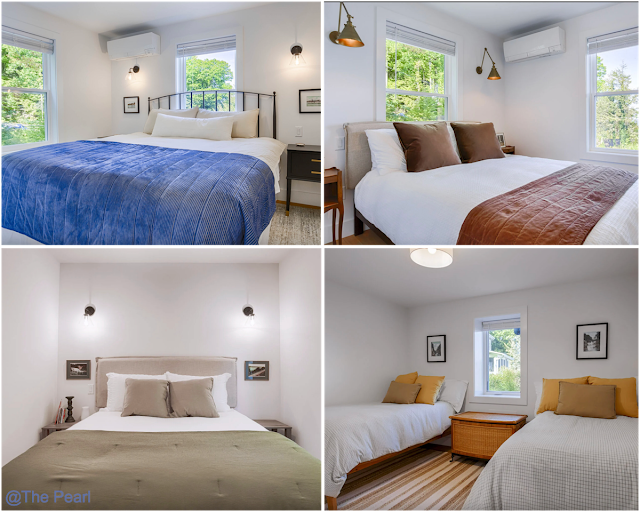On Tuesday, June 17, we missed the sunrise, but here was a morning shot. We spent Tuesday and Wednesday finishing up the projects. Eric confirmed radios were working, the other two air conditioning units were descaled, and Yacht Tech finished … Continue reading →
Keith’s Perspective on Our Last Few Days in the Bahamas and West Palm Beach, Florida/Le point de vue de Keith sur nos derniers jours aux Bahamas et à West Palm Beach, en Floride
This week has been interesting. On Saturday, we went back to the Washing Machine again, this time with the Ukrainian family and the family from Mississippi. After we got back, I went over to one of the boats to watch … Continue reading →
June 25-29 Family Lake Vacation
We’ve had a lot of rain and cooler weather this spring and summer so the lake is still very cold. Even with wetsuits on, the kids had a hard time being in the water.
The only chance we had to use the boat was Sunday after we checked out of the house. The morning was sunny, no wind and it was a lot of fun.
Graham loves driving the boat.
We all had fun.
More Boat Work, North Palm Beach, Florida, USA
Dawn in Punta Gorda on Monday, June 16. First thing in the morning, we said our goodbyes to Christy and headed back to Kosmos in North Palm Beach. This time, we took the Highway 70 back, which, for most of … Continue reading →
Visiting Friends on the West Coast of Florida
Sunday, June 15 — Our trip to San Diego was wonderful because we got to see many loved ones. It was a reminder of how blessed we were in terms of deeply rooted relationships. The crazy part was that, even … Continue reading →
Moving to Old Port Cove Marina, North Palm Beach, Florida
Over the two weeks that Kosmos was in the boat yard, Eric was very focused on boat chores and errands related to the boat (ie trips to West Marine), and did little by way of social activities and/or sightseeing. There … Continue reading →
Replacing The Alternator Regulator
As you may recall, in Panama, we had a catastrophic failure of our ARCO Zeus alternator regulator. The summary was that there was a mandatory software update, and the update caused the unit to malfunction and over voltage our main … Continue reading →
Via Ferrata Gianni Aglio
In addition to the hiking and dramatic scenery, another draw of the Dolomites for us was the chance to do a via ferrata course where the sport originated. Via ferrata means “iron road” in Italian, and refers to a system of cables, ladders, bridges, handholds, and footholds used to aid ascension. The first recreational course…
The Dolomites
One of the reasons that we’ve long been wanting to visit Northern Italy is to hike the Dolomites in the Italian Alps. The pictures we’d seen, of dramatic formations rearing above diminutive hikers, really drew us in. The Dolomites are considered a world-class hiking destination and we finally were going to experience them. We left…
Recap of Kosmos’s Two Weeks in Seminole Boat Yard, Palm Beach Gardens, Floria, USA
Seminole Boatyard was responsible for hauling us out, pressure washing/scraping the bottom, and giving Kosmos a space to be worked on with power and water. For the actual work, we’d hired a company called Yacht Tech, who specializes in Nordhavns. … Continue reading →












































